Spring Orchard Phenology
Spring Phenology: an Interview with the Orchard Expert
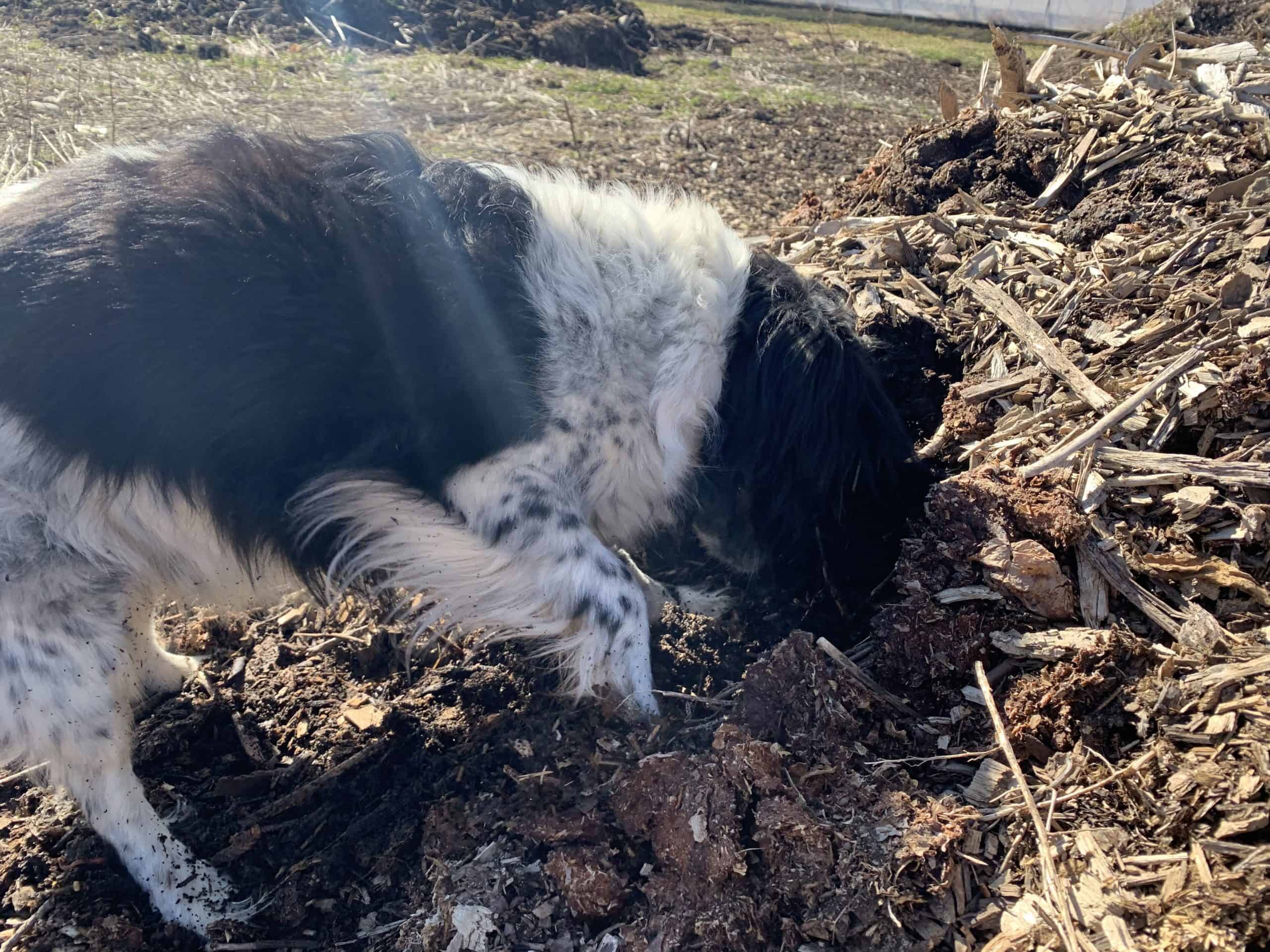
Spring is approaching, and due to climate change, the weather is becoming warmer earlier. I'm Leila (you know, Autumn and Ezra's daughter) and I'm going to write posts occasionally for the farm blog. In this wonderful column I will interview my lovely mother, various people, and if you are lucky, some dogs. Also, videos will be made poems will be written, and drawings will be drawn. Thank you for reading this far, I've never done this before so I'm learning as I go. This world is a pretty crazy place, and it just got a little bit crazier.
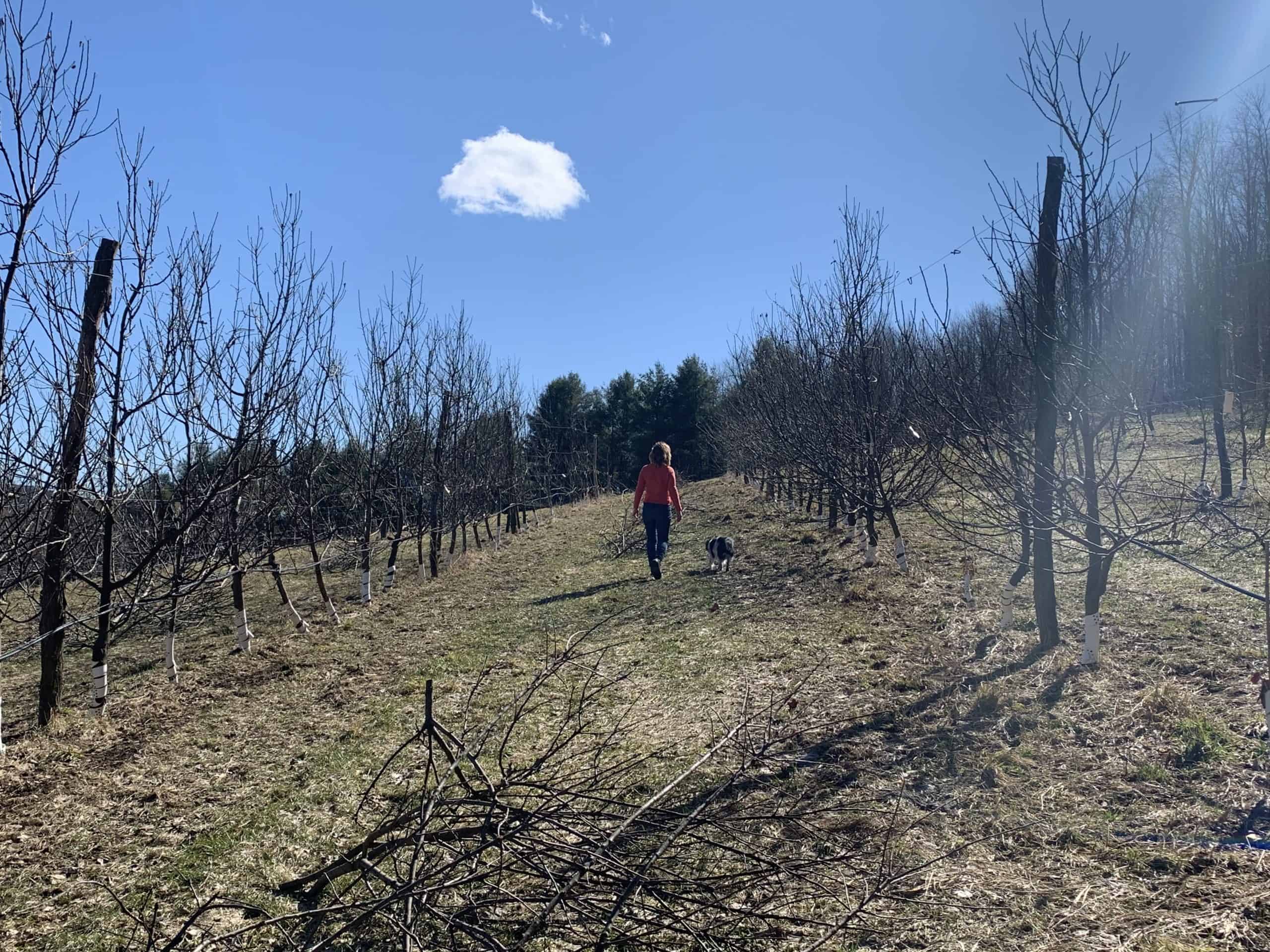
Leila Sherman: Boy it’s nice out! Are you excited for spring?
Autumn Stoscheck: "Well the truth is the short term gratification side of myself is basking in the glory of 60° sunlight even though it’s early March, but the wiser steadier more experienced part of myself is very worried that spring phenology is starting three weeks early this year. In orcharding, the riskiest part of the season is in the early spring when the flower buds unfold, yet the risk of frost damage is still present. The earlier spring begins the higher the risk there will be a killing freeze event during bloom."
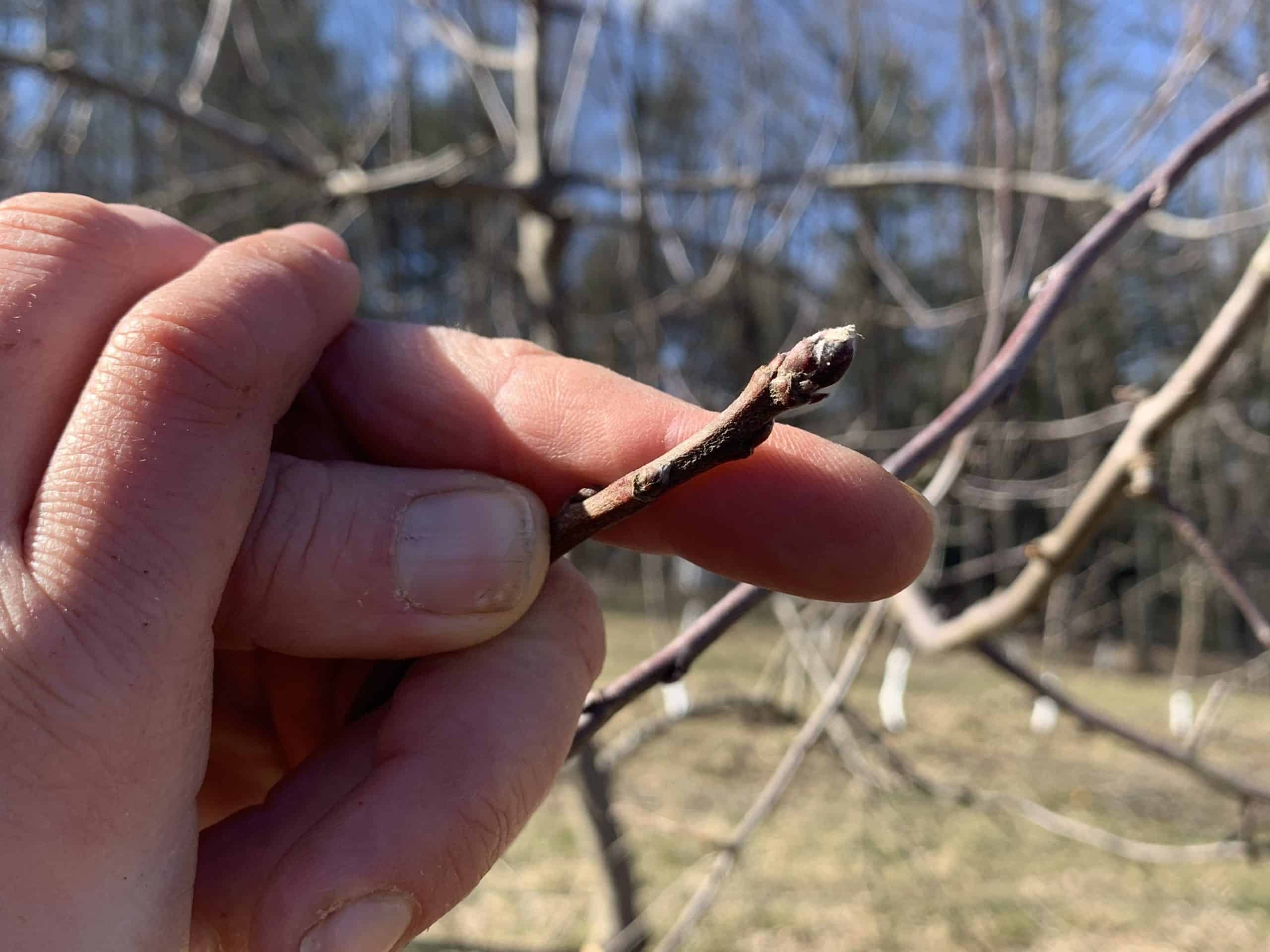
LS: What is spring phonology and how does it work?
AS: "Phenology is a series of biological events. in particular apple bud phenology, starts when the bud sheath is cracked and the buds break dormancy and continue through a series of stages until the flowers reach bloom. The first phenological stage of apple bud development in the spring is silver tip when the tiny sliver of fuzzy gray bud tip emerges from the bud sheath. Once the bud reaches this stage, there’s really no going back. Dormancy is broken and spring has begun. Unfortunately for us, some of our early varieties in the orchard are now showing silver tip 2 to 3 weeks ahead of schedule."
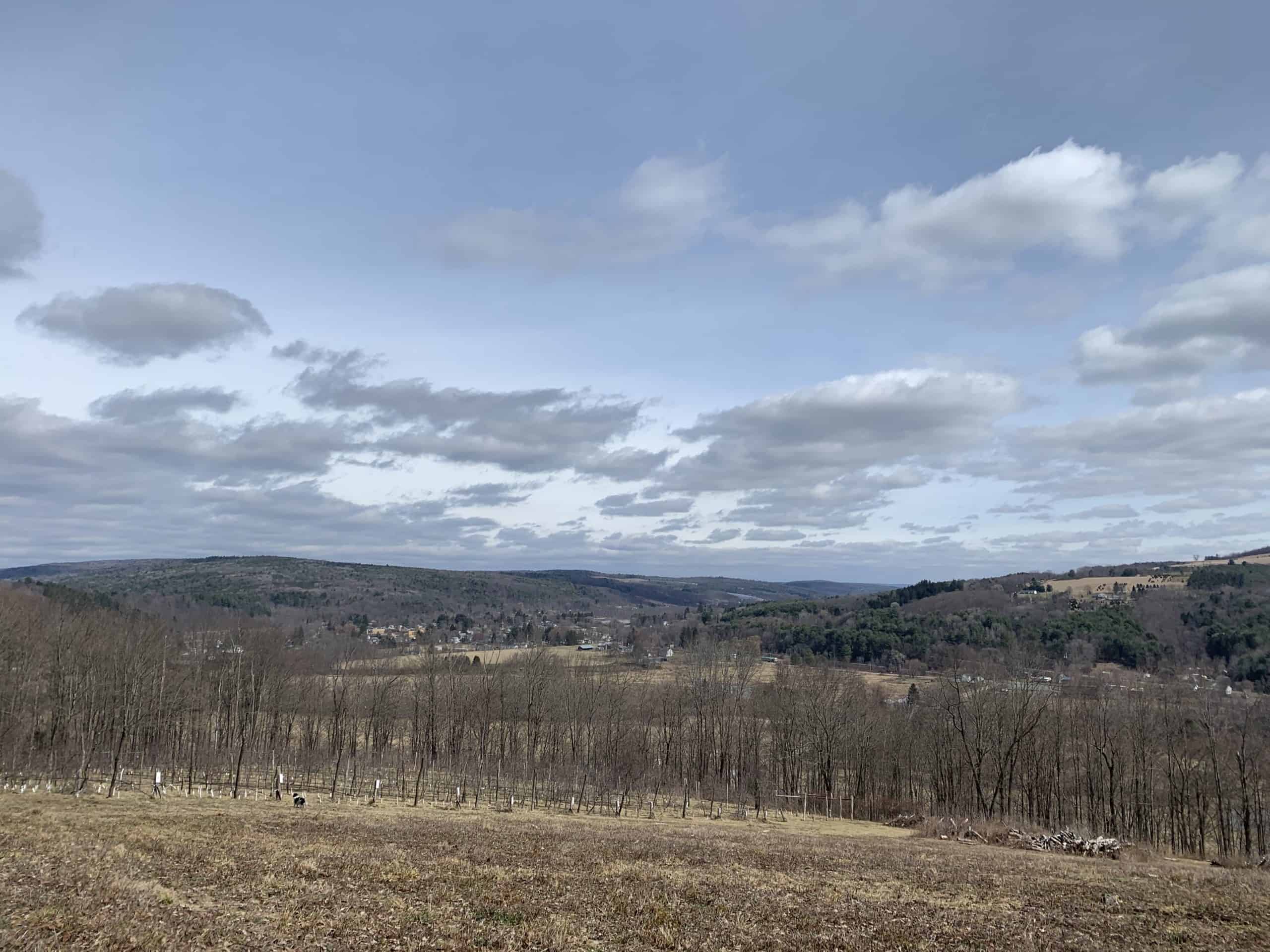
LS: Does this warm weather affect the orchard?
AS: "Warm weather is the driver of spring phenology in the orchard."
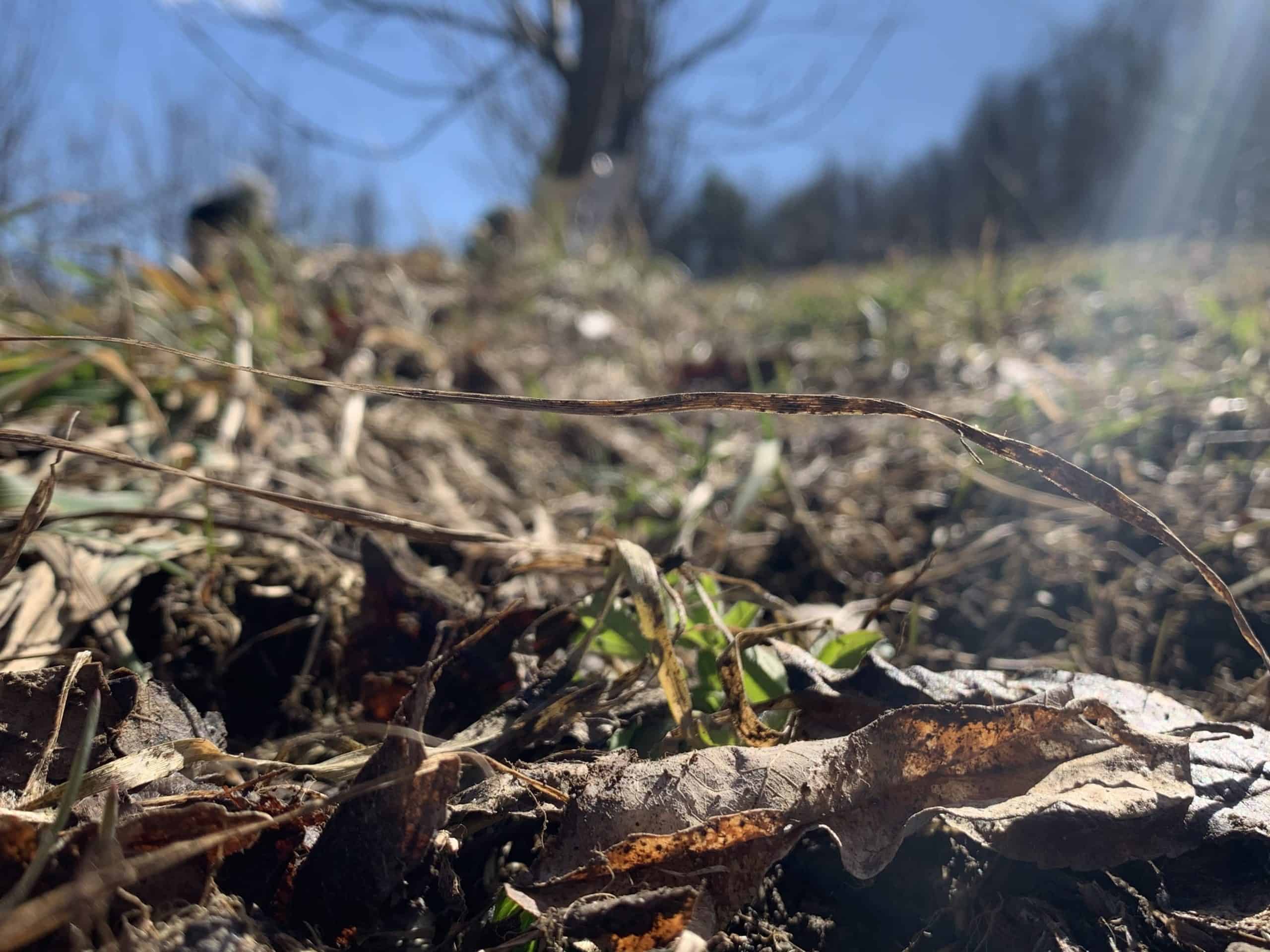
LS: Do you worry about diseases this early in the spring?
AS: "It’s hard to imagine when there’s no green outside and it still looks like mud season or the tail end of winter, but early spring is when the orchardist needs to concentrate their attention on preventing disease. orchard leaf litter from last year‘s fallen leaves are covered in whatever disease spores existed from the previous season, ready to infect and inoculate tender leaves. Right now as we are facing the prospect of imminent bud break the main thing on our minds is shredding and composting any remaining leaf litter in the orchard to drastically minimize the inoculation potential."
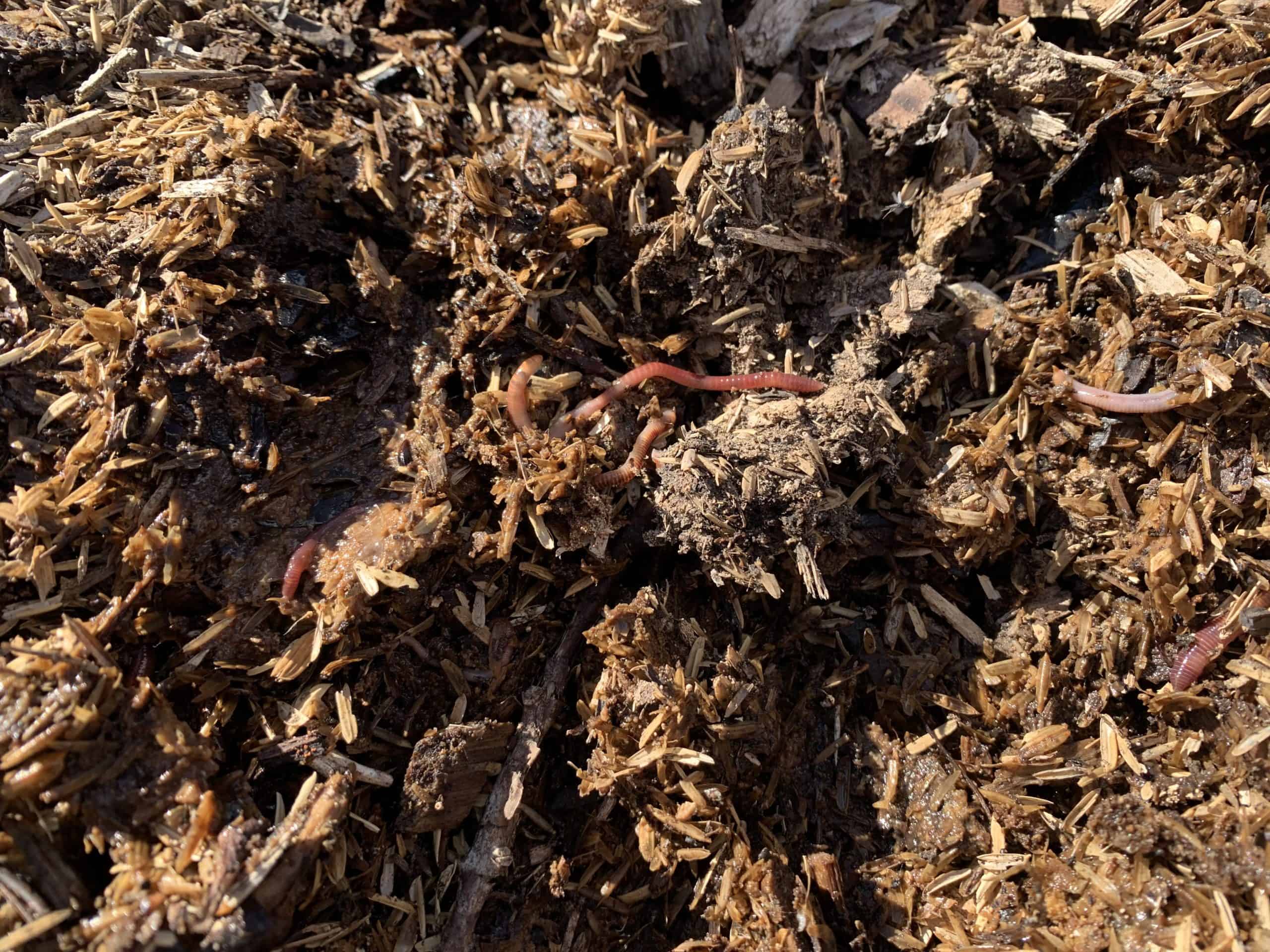
LS: Do you have a vision for what you are doing moving into spring?
AS: "I guess winter is officially over now that we’ve spotted silver tip. The race is on, its full throttle from here until the middle of June. The vision starts with cleaning up the orchard and removing all of the pruning and leaf litter, getting the first biological stimulating sprays on and getting minerals and compost into the soil in preparation for the coming growing season."
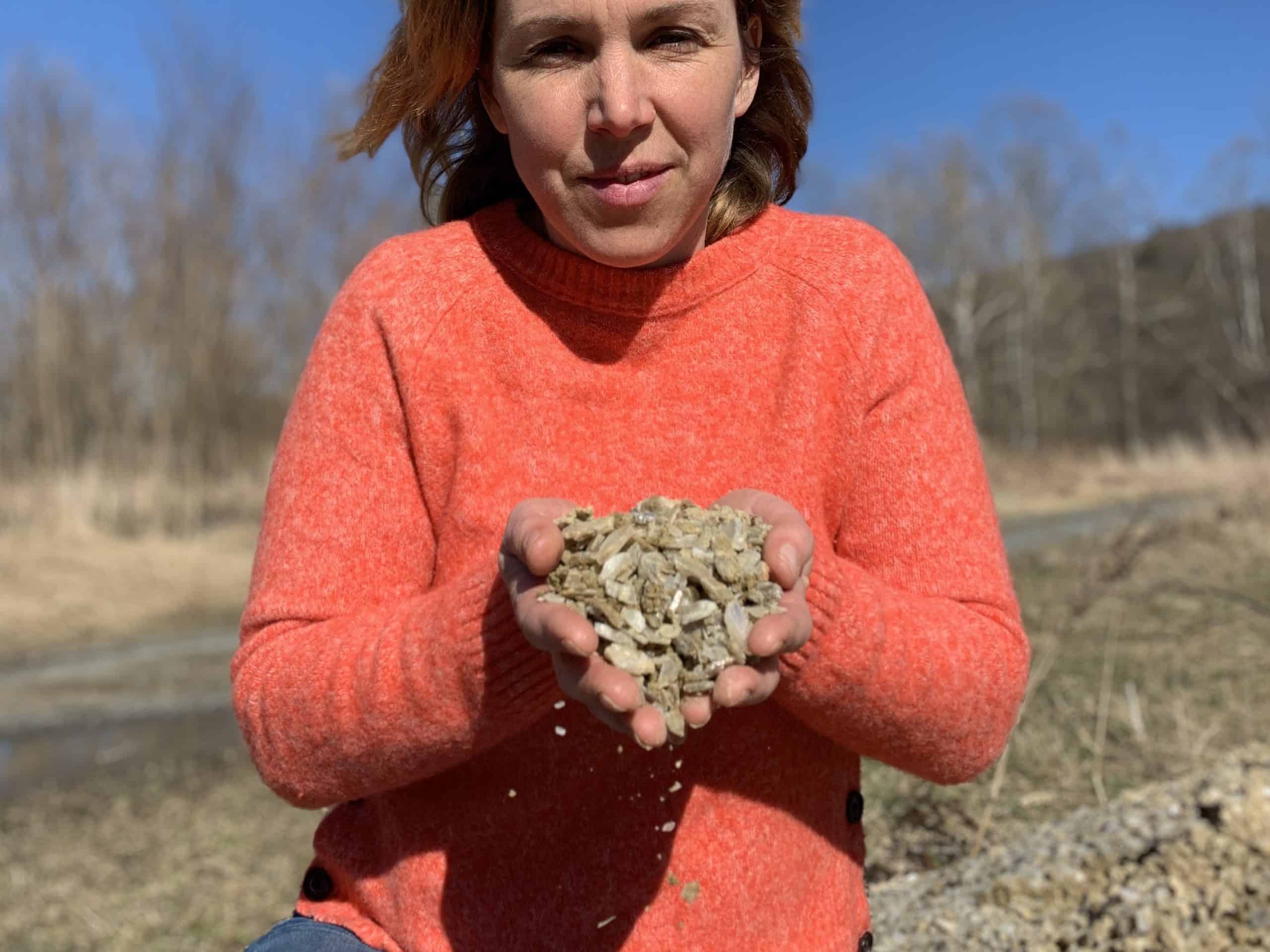
Hi there! Welcome to my column: The Beckhorn Valley View.

My name is Leila. I'm an un-schooling, circus performing, art-loving farm kid who now has their own column in the Eves Cidery farm blog. In my regular column you'll get a Leila-eye-view of the farm, I'll share with you the beautiful scenery of the cider orchards, creative solutions to everyday farm problems, the latest news from the farm dogs, a unique glimpse of my distracted parents and so much more. I hope you enjoy the read and become a regular- have a creative day!
